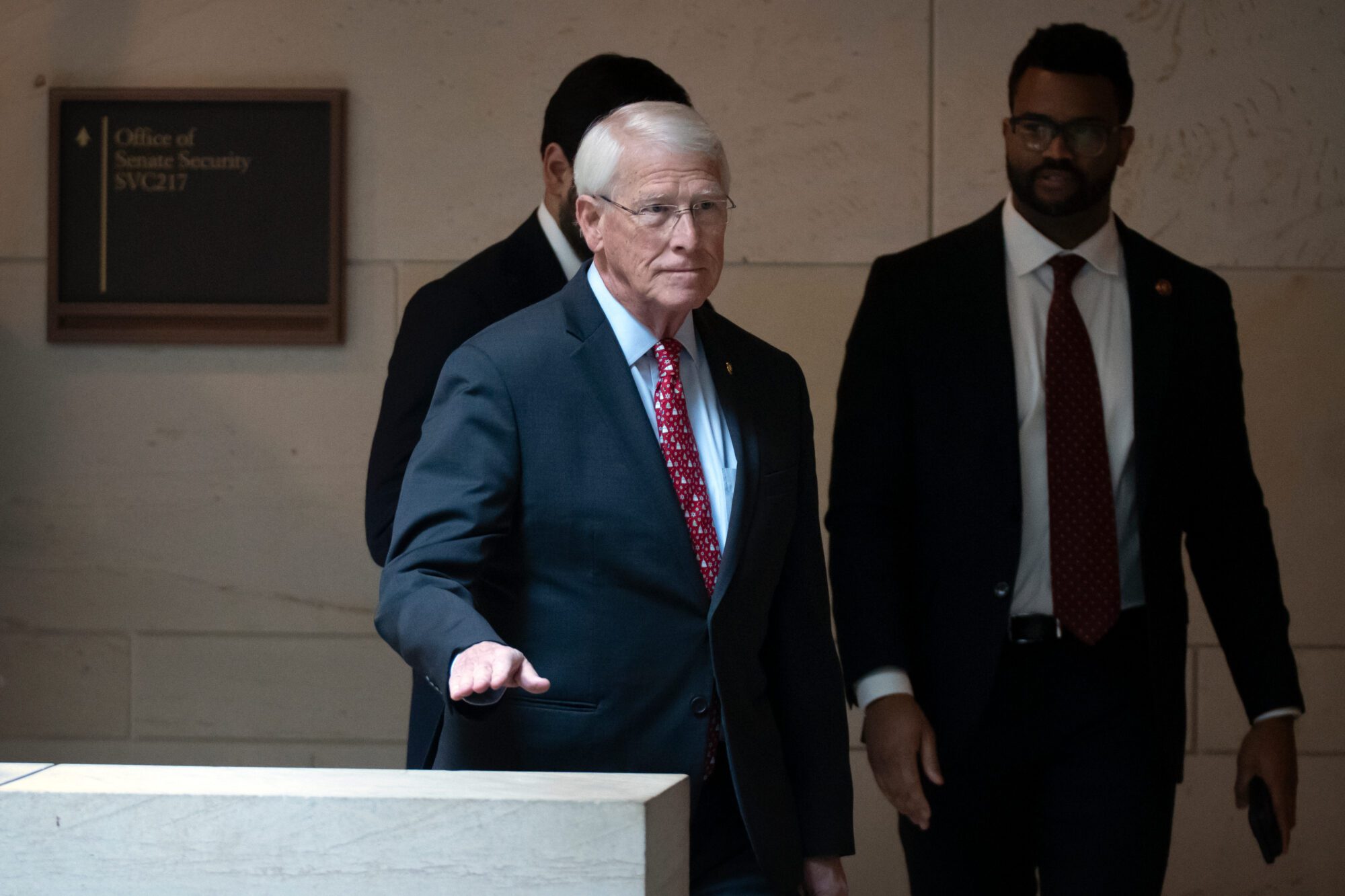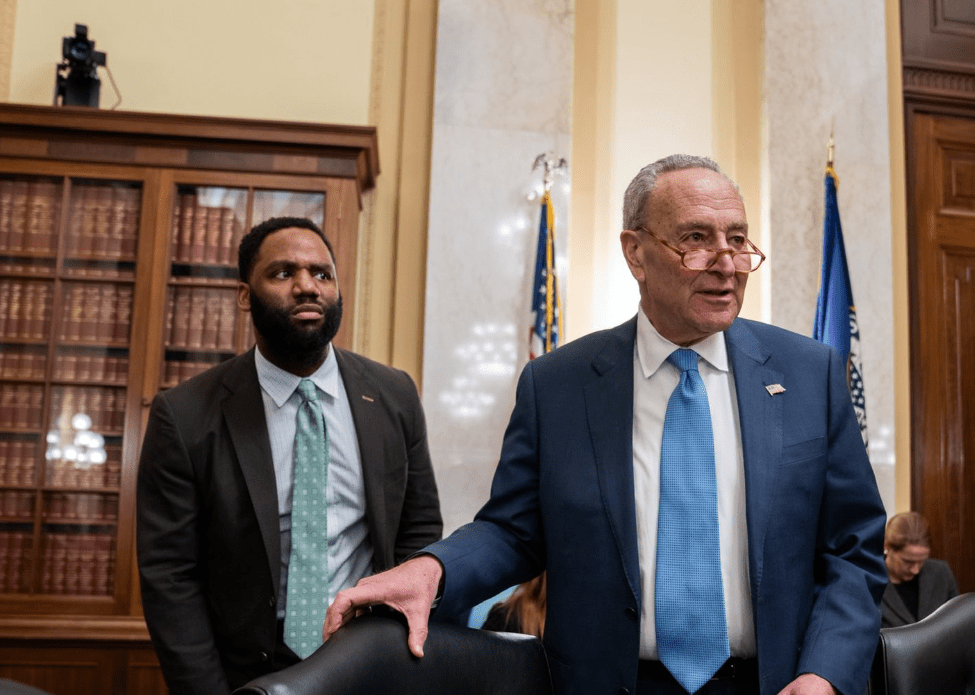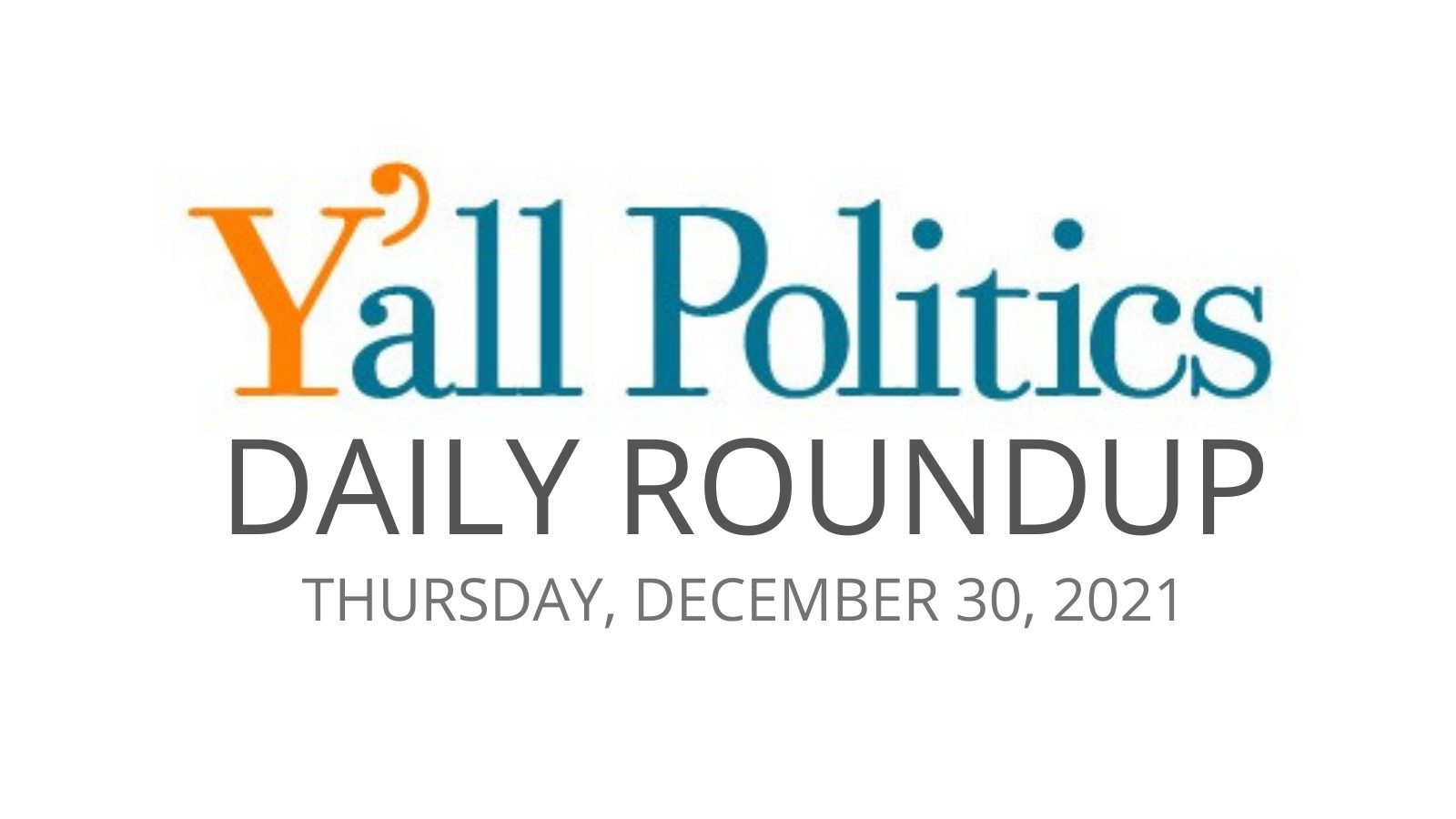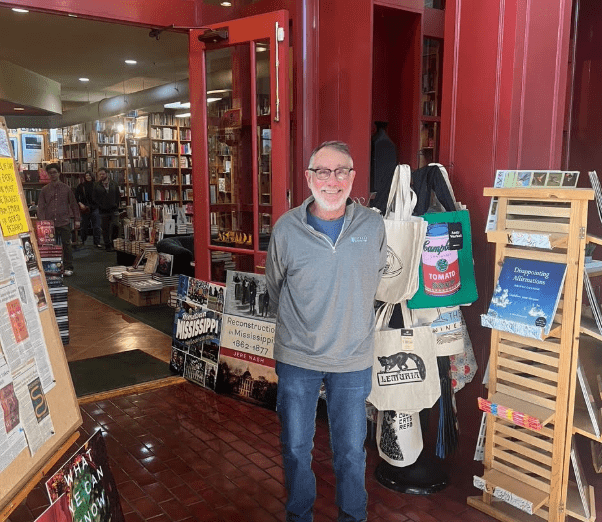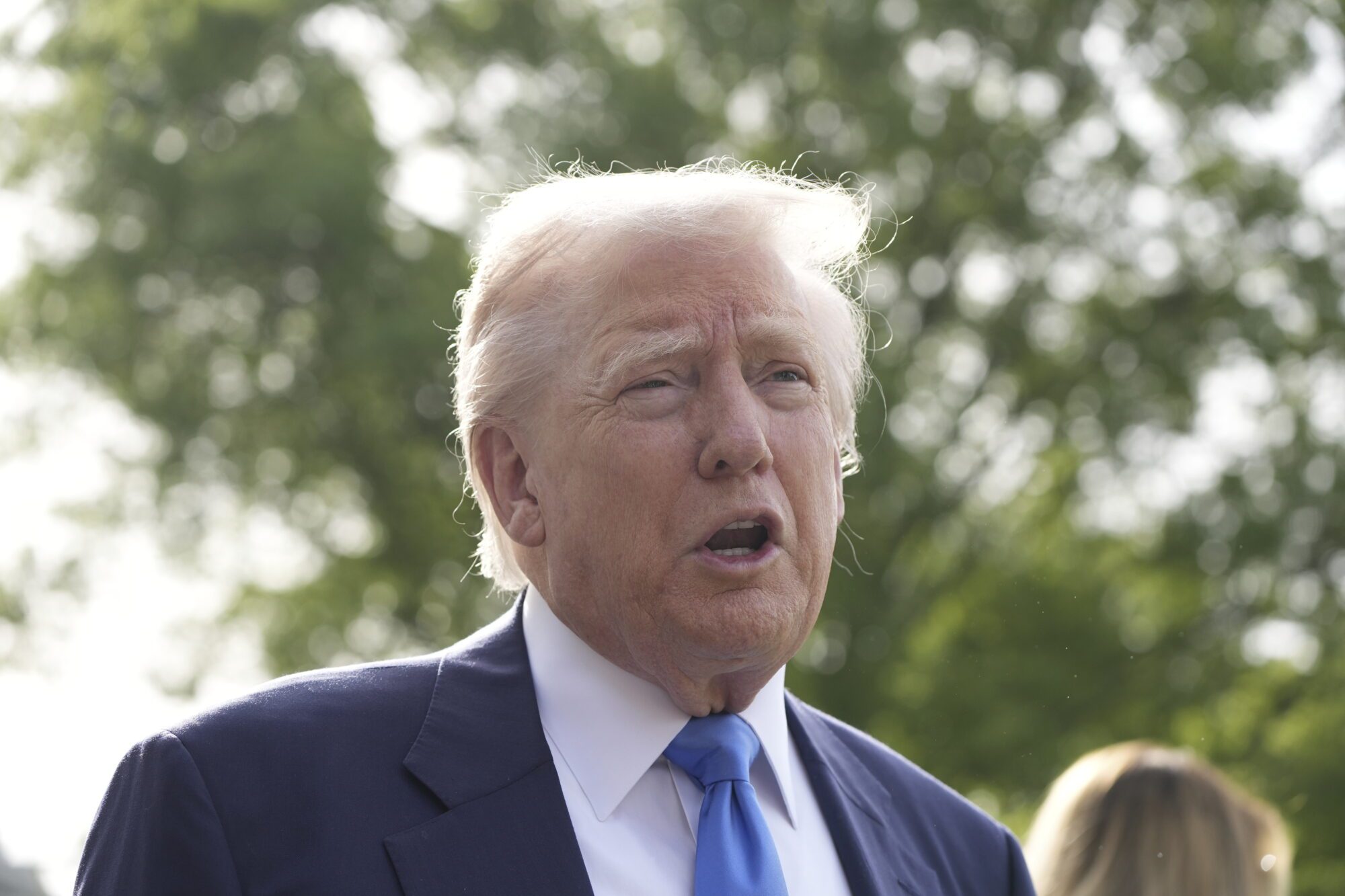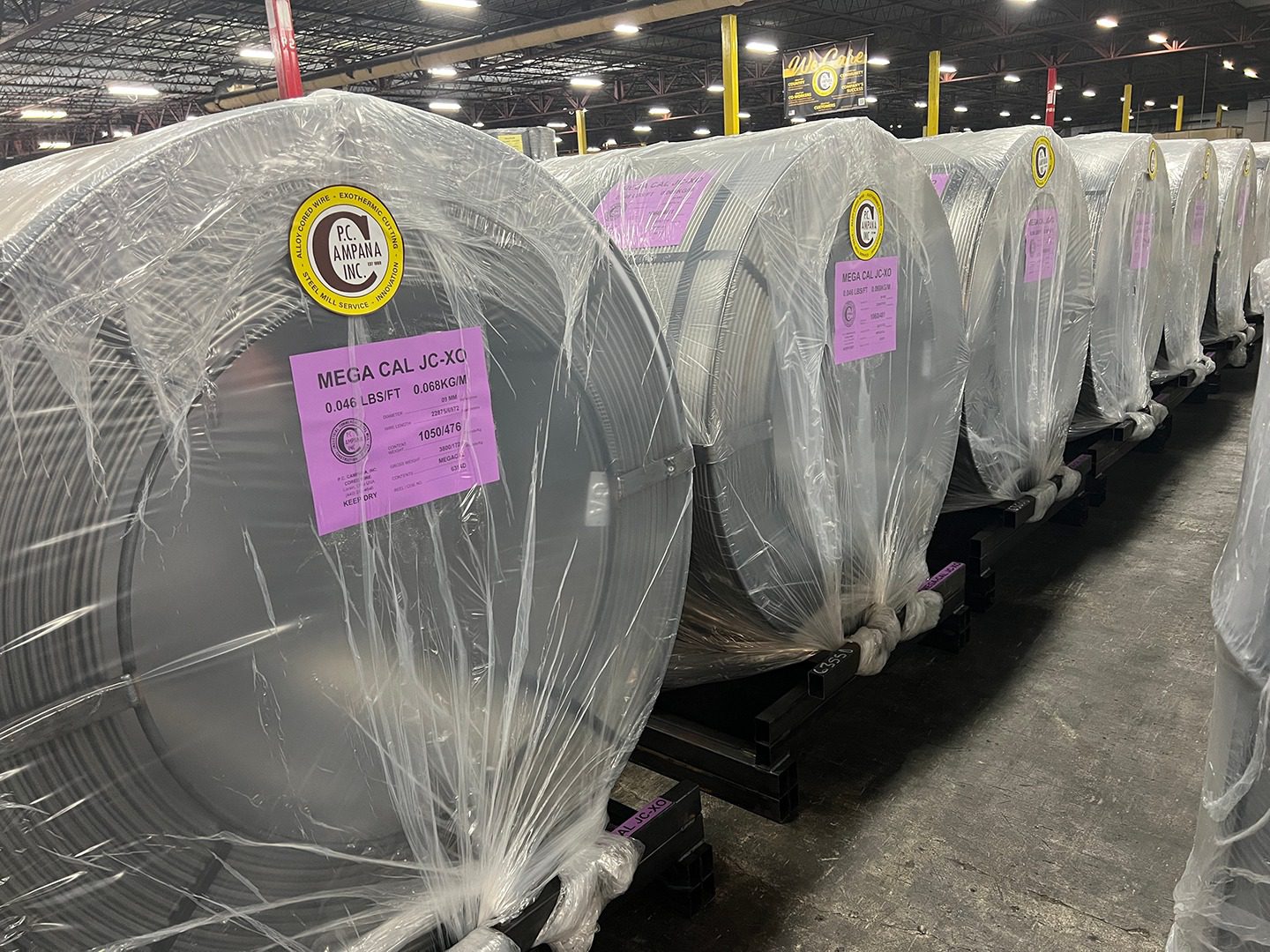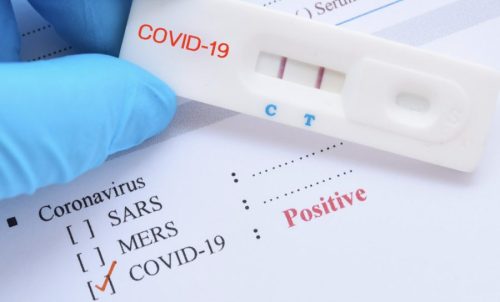
As long as measuring COVID cases are the driving factor instead of focusing on severity, the public health policy guidance will fluctuate wildly.
This week, the Centers for Disease Control and Prevention (CDC) issued new COVID isolation and quarantine guidance, shortening the recommended time for isolation for the public when they contract the virus. The CDC noted that the change was “motivated by science” as they have found that the majority of transmission occurs early in the course of illness, generally in the 1-2 days prior to onset of symptoms and the 2-3 days after.
“It really had a lot to do with what we thought people would be able to tolerate,” CDC Director Walensky says on why the CDC shortened the isolation period from 10 days to 5 days if you’re asymptomatic. Our full interview: pic.twitter.com/rO7blPFiPj
— Kaitlan Collins (@kaitlancollins) December 29, 2021
One caveat that appears to have gone largely unnoticed, however, is that in this new CDC guidance, those who have been vaccinated and received the booster (3rd shot) are not recommended to quarantine following exposure. Those persons are merely recommended to wear a mask as they can still contract COVID and spread it – even with the booster.
The CDC says this is because the shots decrease the risk of severe disease, hospitalization, and death in the vaccinated.
While that is the ultimate goal of any medical treatment – to reduce the negative impacts on the patient’s health – and severity should be the motivation, not case counts, this latest approach highlights how quickly the goalposts continue to shift as it relates to the government response.
Earlier this year, it was a “pandemic of the unvaccinated”, using the words of President Joe Biden, and even state officials like Tate Reeves, as officials promoted the vaccine as a requirement for life to return to normal and for the federal government not to overreach. Yet, even as vaccinations rates across the country have risen, the Biden Administration continues to impose heavy-handed government restrictions and mandates, while considering more, using rising case rates as the sole justification without considering the severity.
Now, it would seem that the new narrative will soon be that this a pandemic of the unvaccinated, the vaccinated, and the un-boosted, making the booster the next acceptable mark to reach before the government loosens its grip.
Most problematically, public health officials are admitting that at least on the Omicron variant, there are substantial numbers of breakthrough cases even on fully vaccinated and boosted individuals. Those individuals can still transmit the virus, making the sudden shift on quarantine timing more puzzling. Even more complicating is that the therapeutics like monoclonal antibody treatments are less effective against the Omicron variant, though it appears systemically that Omicron is less severe.
The higher risk populations, those over 65, have vaccination rates that are much higher than the rest of the population and are hence seeing lower case incidence rates.
As such, this new guidance also highlights the truth that these health decisions are best left to each person based, in large part, on their exposure and other individual health-related risks through consultation with their doctor. It further drives home the point made by President Biden this week that there is no federal solution to COVID.
Below is the statement from the CDC in full:
Given what we currently know about COVID-19 and the Omicron variant, CDC is shortening the recommended time for isolation for the public. People with COVID-19 should isolate for 5 days and if they are asymptomatic or their symptoms are resolving (without fever for 24 hours), follow that by 5 days of wearing a mask when around others to minimize the risk of infecting people they encounter. The change is motivated by science demonstrating that the majority of SARS-CoV-2 transmission occurs early in the course of illness, generally in the 1-2 days prior to onset of symptoms and the 2-3 days after.
Additionally, CDC is updating the recommended quarantine period for anyone in the general public who is exposed to COVID-19. For people who are unvaccinated or are more than six months out from their second mRNA dose (or more than 2 months after the J&J vaccine) and not yet boosted, CDC now recommends quarantine for 5 days followed by strict mask use for an additional 5 days. Alternatively, if a 5-day quarantine is not feasible, it is imperative that an exposed person wear a well-fitting mask at all times when around others for 10 days after exposure. Individuals who have received their booster shot do not need to quarantine following an exposure, but should wear a mask for 10 days after the exposure. For all those exposed, best practice would also include a test for SARS-CoV-2 at day 5 after exposure. If symptoms occur, individuals should immediately quarantine until a negative test confirms symptoms are not attributable to COVID-19.
Isolation relates to behavior after a confirmed infection. Isolation for 5 days followed by wearing a well-fitting mask will minimize the risk of spreading the virus to others. Quarantine refers to the time following exposure to the virus or close contact with someone known to have COVID-19. Both updates come as the Omicron variant continues to spread throughout the U.S. and reflects the current science on when and for how long a person is maximally infectious. These recommendations do not supersede state, local, tribal, or territorial laws, rules, and regulations, nor do they apply to healthcare workers for whom CDC has updated guidance.
Data from South Africa and the United Kingdom demonstrate that vaccine effectiveness against infection for two doses of an mRNA vaccine is approximately 35%. A COVID-19 vaccine booster dose restores vaccine effectiveness against infection to 75%. COVID-19 vaccination decreases the risk of severe disease, hospitalization, and death from COVID-19. CDC strongly encourages COVID-19 vaccination for everyone 5 and older and boosters for everyone 16 and older. Vaccination is the best way to protect yourself and reduce the impact of COVID-19 on our communities.


